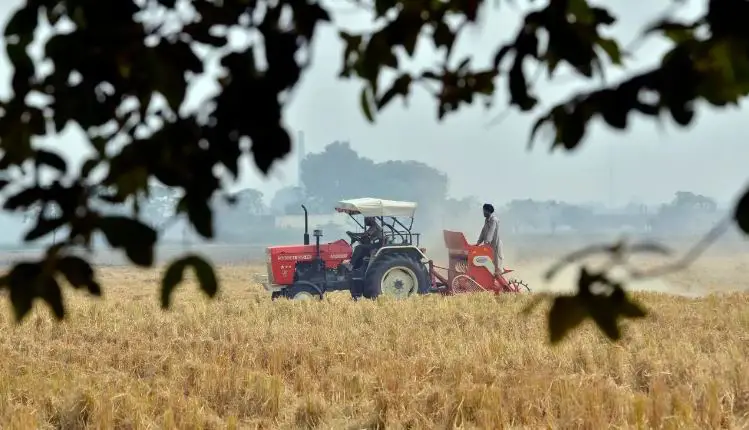Table of Contents
Impoverishment of the Peasantry | UPSC – IAS
The peasant was also progressively impoverished under British rule, his material condition deteriorated and he steadily sank into poverty. In the very beginning of British rule in Bengal, the policy of Clive and Warren Hasting of extracting the largest possible land revenue had led to such devastation
Temporary & permanent settlement | UPSC – IAS
- In both temporary & permanent settlement zamindari areas a lot of peasants remained unenviable. They were left to the mercies of the zamindars who raised rents to unbearable limits, compelled them to pay illegal dues and to perform forced labour or beggar, and oppressed them in diverse other ways
Ryotwari and Mahalwari | UPSC – IAS
- Condition of the cultivators in the Ryotwari and Mahalwari areas was no better.Here, Government took the place of the zamindar and levied excessive land revenue which was in the beginning fixed as high as one-third to one-half of the produce. Heavy assessment of land was one of the main causes of the growth of poverty and the deterioration of agriculture in the 19th century.
- The evil of high revenue demand was made worse by the fact that the peasant got little economic return for it. The Government spent very little on improving agriculture.
- It devoted almost its entire income to meeting the needs of British-Indian administration, making the payments of direct and indirect tribute to England, and serving the ·interest of British trade and industry. Even the maintenance of law order tended to benefit the merchant and the money-lender rather than the peasant.
- In Pre-British times, the money-lender was subordinated to the village community. He could not behave in a manner totally disliked by the rest of the village. For instance, he could not charge usurious rates of interest. In fact, the rates of interest were fixed by usage and public opinion.
- By introducing transfer-ability of land the British revenue system enabled the money-lender or the rich peasant to take possession of land. Even the benefits of peace and security established by the British through their legal system and police were primarily reaped by the money-lender in whose hands the law placed enormous power
Poverty and Taxation | UPSC – IAS
The pressure of taxation and growing poverty pushed the cultivators into debt which in turn increased their poverty. In fact, the cultivators often failed to understand that the money-lender was an inevitable cog in the mechanism of imperialist exploitation and turned their anger against him as he appeared to be the visible cause of their impoverishment. For instance, during the Revolt of 1857, wherever the peasantry rose in revolt, quite often its first target of attack was the moneylender and his account books.
The rigid manner of its collection land revenue had to be paid promptly on the fixed dates even if the harvest had been below normal or had failed completely,
Conclusion and Analysis | UPSC – IAS
The loss of land and the overcrowding of land caused by de-industrialization and lack of modern industry compelled the landless peasants and ruined artisans and handicrafts-men to become either tenants of the money-lenders and zamindars by paying rack-rent or agricultural labourers at starvation wages. Thus the peasantry was crushed under the triple burden of the Government, the zamindar or landlord, and the money-lender




